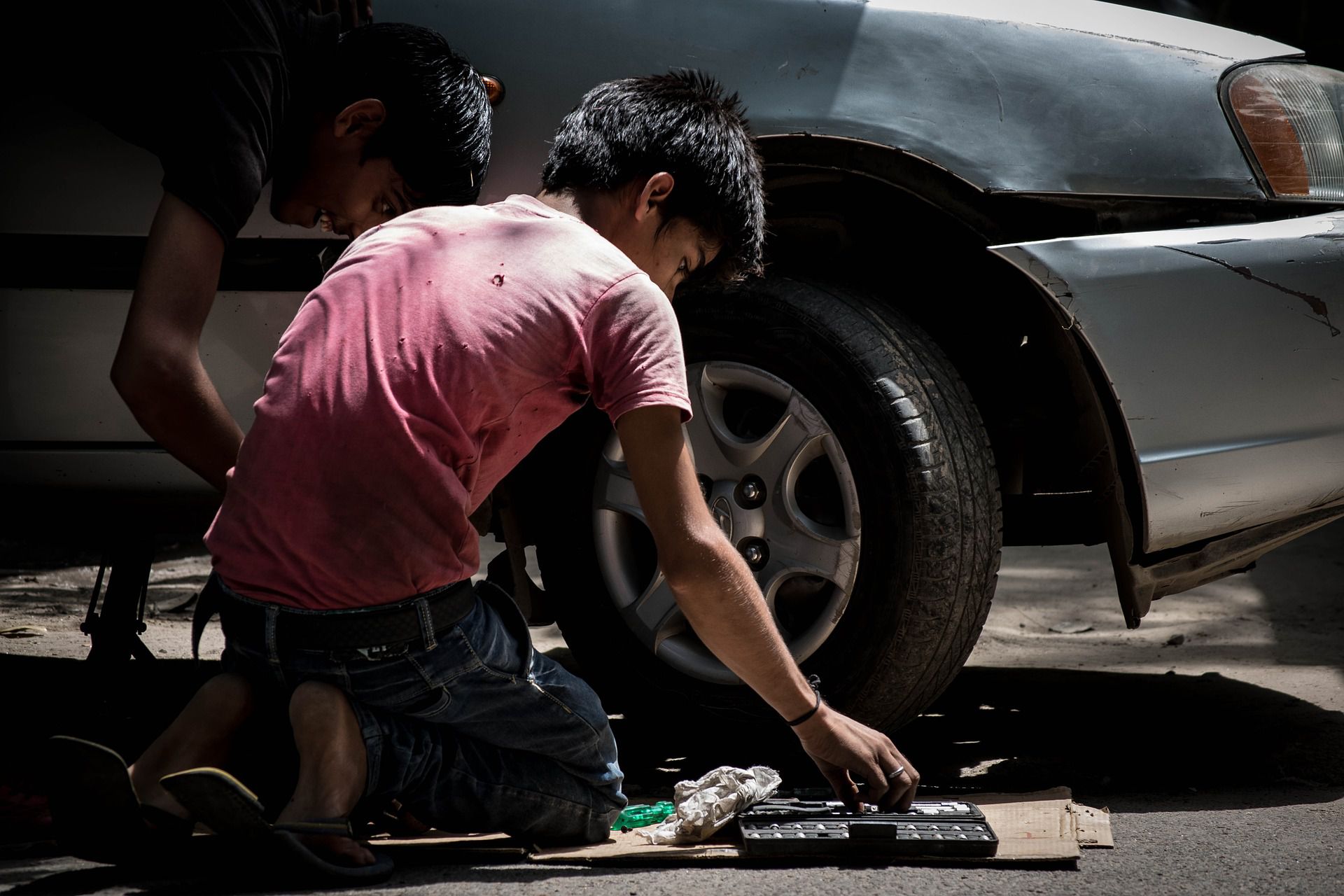International Labour Organization (ILO) defines child labour as work that “is mentally, physically, socially or morally dangerous and harmful to children; and interferes with their schooling by: depriving them of the opportunity to attend school; obligating them to leave school prematurely; or requiring them to attempt to combine school attendance with excessively long and heavy work” (ILO 2013). According to the latest data collected by ILO, there are 168 million children in child labour around the World, declined by one third since 2000, from 246 million. Asia and the Pacific has the largest number, almost 78 million, but Africa continues to be the region with the highest incidence of child labour, 59 million or over 21%. In terms of the sectors where child labourers can be found, agriculture tops the list where 98 million (60 %) children are employed, followed by services 25.6%, industry 7%, and others 7.5% (ILO 2013). In Asia, India has the largest number of child labourers with 44 million children, giving it the largest child workforce in the World (Zaidi et al 2013).

